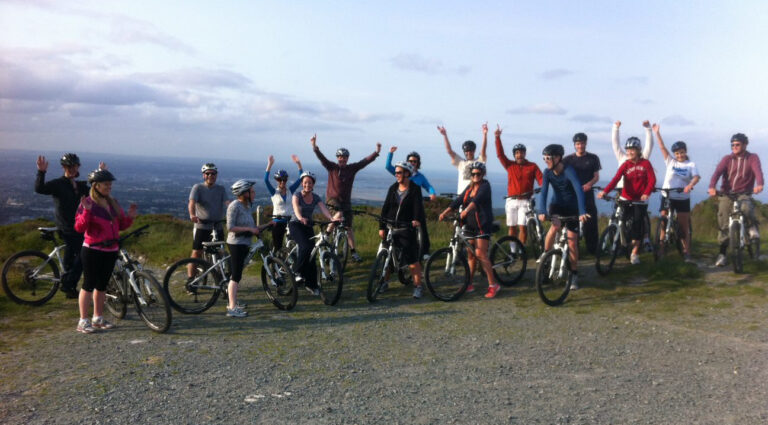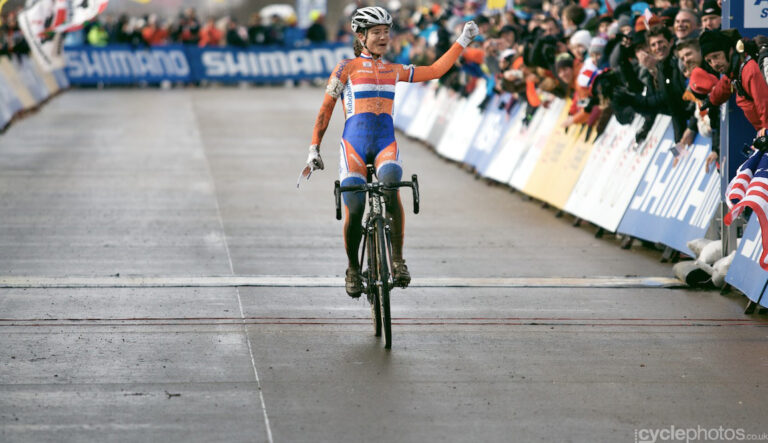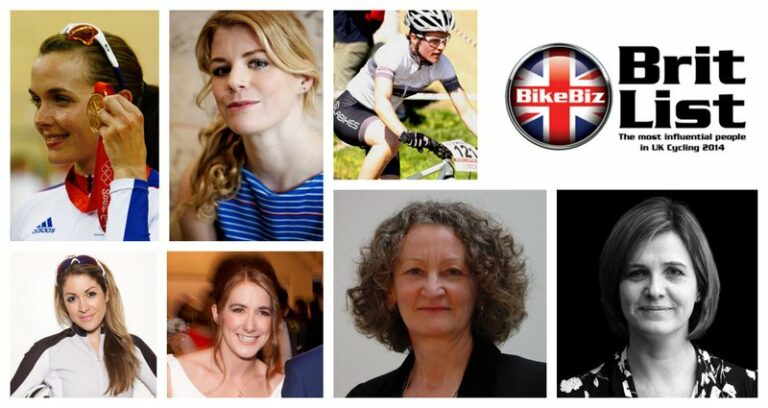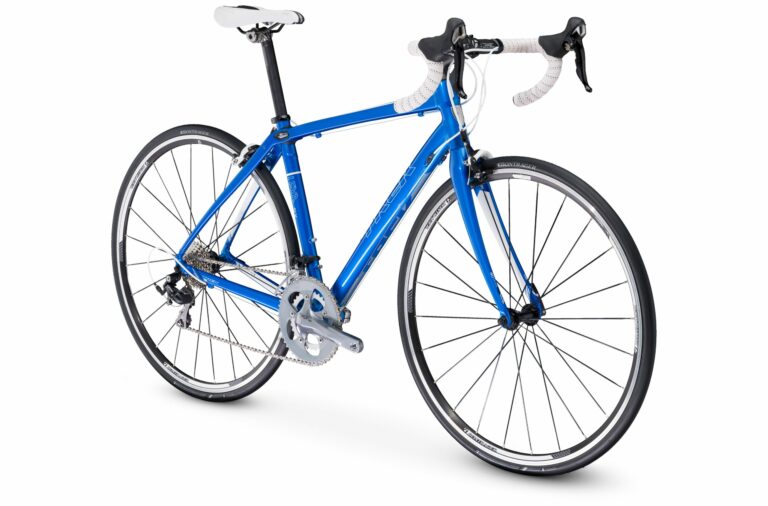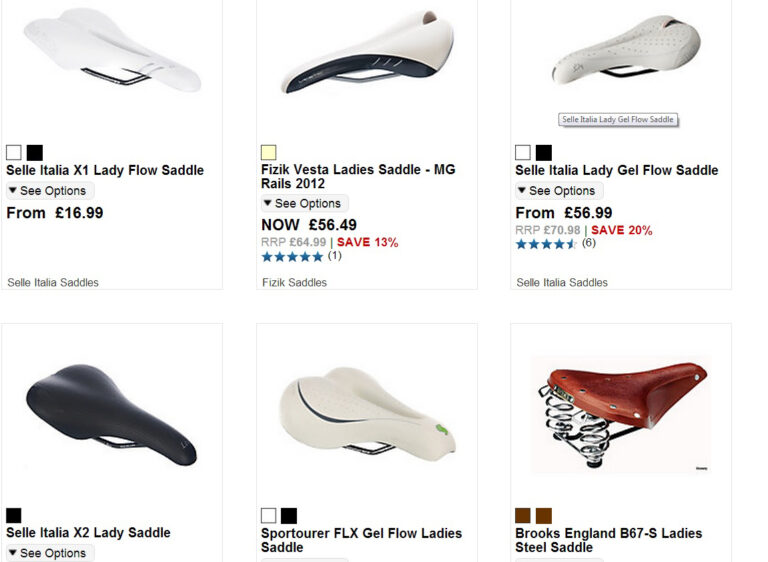Regular cyclist Lissa Cook spent years riding to work in London – but when she moved north to the Peak District she found herself too terrified to get on a bike.
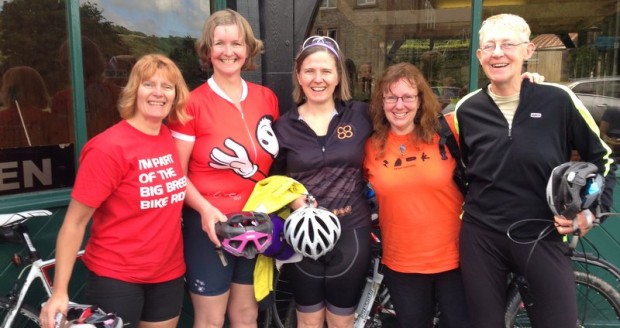
The steep descents of the hills surrounding her Derbyshire home proved too much of an ordeal, and the speed of passing traffic frightened her.
Lissa, 39, said: “We lived in London for eight years and I commuted by bike, but when we moved up here the hills just totally freaked me out.”
“London is flat and traffic goes at about 11mph so if you’re hit, like I have been, you’re not likely to be injured in the same way that you would be here where cars are passing at 60-70mph.”
She credits a Breeze ride – social riding groups for women run by British Cycling – for helping her conquer those fears.

During the 18-mile hilly route, assistant ride leader Alison Glithero advised her on technique.
Lissa, who lives near Buxton, said: “I was perching on my bike going downhill, so she showed me how to put my full weight through it and to feather my braking, rather than just keeping them full on.”
“She was great because she understood my fears and stayed with me to reassure me, and that’s what I needed.”
What is Breeze?
The Breeze network was set up in May 2011 with £1m of funding from the National Lottery, via Sport England’s Active Women fund.
It has become the biggest programme ever to get women cycling for fun, breaking down the barriers which prevented women from getting on a bike – such as fear of traffic, negative body image, and not wanting to ride alone.
Breeze ride leaders are called champions and are all volunteers.
Breeze in numbers
- 1,155 champions trained – more training in March so if you’re interested go to the Breeze website
- 9,000 rides have taken place
- 32,000 women have taken part in a ride
- 54,000 women have joined in on rides and collaboration events, where Breeze have partnered with charity and sportive events such as Cycletta and The British Heart Foundation
- 359 female-friendly bike shops
Breeze Derbyshire champion Alison, of Matlock, advised Lissa that working the brakes going downhill was a bit like “milking a cow”.
“You have to squeeze them gently alternately, which gives you more control over the bike and prevents you locking your wheels,” she said.
“It’s also important to put your weight firmly on the saddle to keep the bike balanced, and if it’s a steeper hill you need to sit right on the back of the saddle.
“Sitting too far forward you’ll be off balance and the bike will be wobbly. Lissa was doing that and at one point was so far forward she was on the cross bar.”
Alison also advised when taking corners to keep the corresponding pedal up – left pedal up for left hand corners – for balance. “If you can’t remember, keep them both at quarter to three.”
Lissa said the ride transformed her life and she now cycles the hills regularly and even went with her husband Nik, also a keen cyclist, to tackle Mont Revard, one of the Tour de France climbs.
“It rises just shy of 1,000m over 9km. It was fine and Nik kept stopping on the downhills to wait for me,” said Lissa.
She also persuaded her 74-year-old mum Marie Bradley, who lives in Kennington, London, to take part in a Breeze ride at Burgess Park in the capital.
Marie said: “I enjoyed it and I still ride my bike for short trips like going to the library. I choose a time when the roads are quieter.”
For more information about Breeze and to book a ride go to www.goskyride.com.

